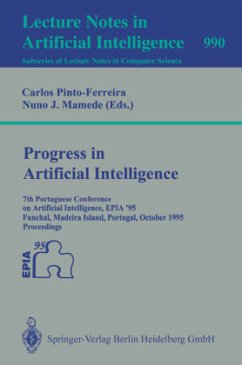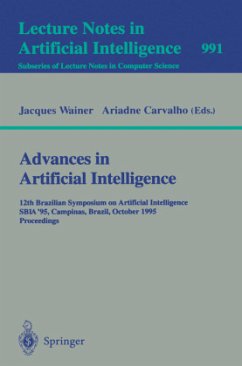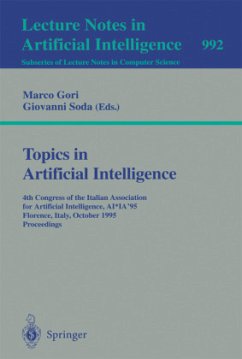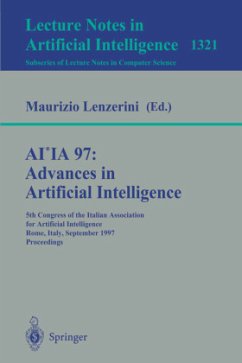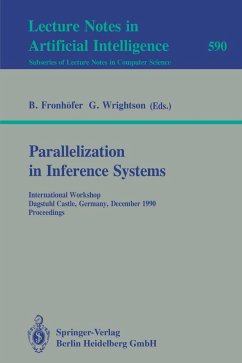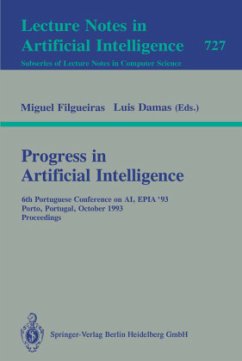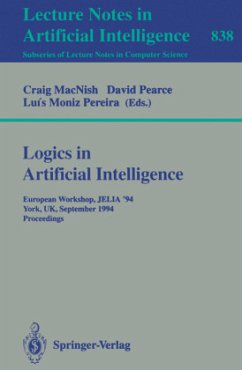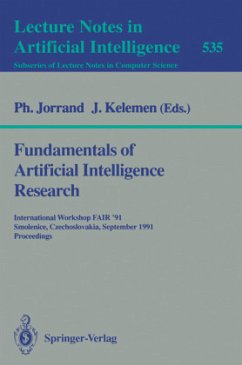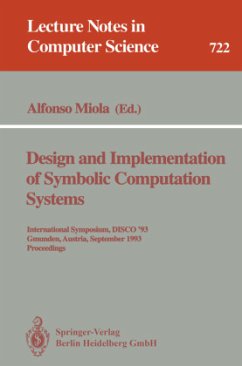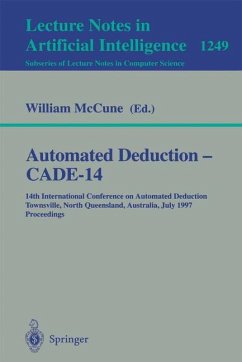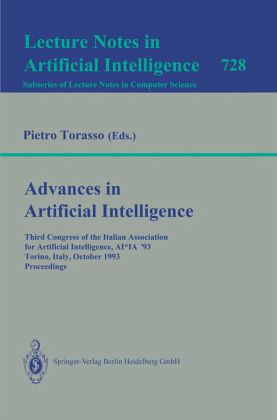
Advances in Artificial Intelligence
Third Congress of the Italian Association for Artificial Intelligence, AI*IA `93, Torino, Italy, October 26-28, 1993. Proceedings
Mitarbeit: Torasso, Pietro
Versandkostenfrei!
Versandfertig in 1-2 Wochen
39,99 €
inkl. MwSt.

PAYBACK Punkte
20 °P sammeln!
This book contains 22 long papers and 13 short ones selectedfor the Scientific Track of the Third Congress of theItalian Association for Artificial Intelligence. The longpapers report completed work whereas the short papers aremainly devoted to ongoing research. The papers reportsignificant work carried out in the different subfields ofartificial intelligence not only in Italy but alsoelsewhere: 8 of the papers come from outside Italy, with 2from the United States and 1 eachfrom Australia, Austria,Germany, The Netherlands, Spain, and Turkey.The papers in the book are grouped into parts on: aut...
This book contains 22 long papers and 13 short ones selectedfor the Scientific Track of the Third Congress of theItalian Association for Artificial Intelligence. The longpapers report completed work whereas the short papers aremainly devoted to ongoing research. The papers reportsignificant work carried out in the different subfields ofartificial intelligence not only in Italy but alsoelsewhere: 8 of the papers come from outside Italy, with 2from the United States and 1 eachfrom Australia, Austria,Germany, The Netherlands, Spain, and Turkey.The papers in the book are grouped into parts on: automatedreasoning; cognitive models; connectionist models andsubsymbolic approaches; knowledge representation andreasoning; languages, architectures and tools for AI;machine learning; natural language; planning and robotics;and reasoning about physical systems and artifacts.





